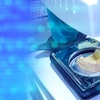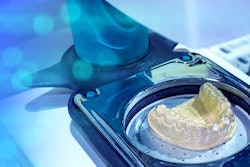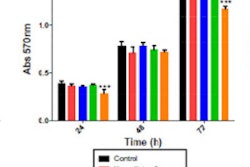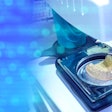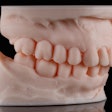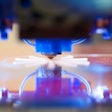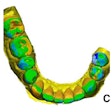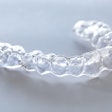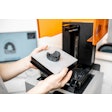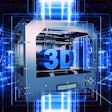More than 75% of dental professionals believe 3D printing offers greater accuracy than traditional workflows, emphasizing the growing influence of advanced technology, according to a study recently published in the Journal of Dentistry.
However, there may be concerns about the stability and biocompatibility of 3D-printed materials, as well as the potential toxicity of the resins used in the printing process, the authors wrote.
“Our survey highlights the transformative impact of 3D printing technology in dentistry while revealing the challenges dental professionals face in adopting these innovations,” wrote the authors, led by Tamás Hegedüs of the Semmelweis University Department of Prosthodontics in Hungary (J Dent, October 26, 2025, Vol. 163, 106200).
For this study, researchers collected insights from dental professionals in 80 countries on 3D printer maintenance, costs, accessibility, and usage. The online questionnaire had two main sections, including demographic information and participants’ experience with digital technologies, as well as specific 3D printers used, they wrote.
The first section included questions on factors such as professional roles and prior 3D printing experience. The second section contained questions assessing printer performance, ease of use, maintenance, workflow integration, and overall satisfaction. In total, 499 participants, including dentists, students, technicians, and other dental professionals, completed the survey.
Most respondents (75.6%) viewed 3D printing as more accurate than traditional workflows. Regarding future investments, 35.9% planned to invest only in 3D printers, 3.4% only in milling, and 37.9% in both. Among those interested in milling, 36.4% were unsure about their investment timeline.
The most common 3D printing applications were night guards (13.9%), surgical guides (13.7%), temporary restorations (11.4%), and permanent restorations (10.1%), they wrote. Although 88.3% designed prints in-house, concerns remained about long-term stability (24.7%), biocompatibility (19.8%), and resin toxicity (19.8%), with satisfaction scores ranging from 3.25 to 4.22 out of 5.
However, the study had limitations. Although the survey had a wide range of respondents, demographic and regional biases may have affected the results, the authors added.
“Our global survey provides clear evidence that dental professionals across diverse specialties and jurisdictions are actively implementing digital technologies in their daily clinical workflows,” they wrote.

